Function Description of MAX30102 Chip
The MAX30102 is an integrated pulse – oximetry and heart – rate monitor sensor module designed by Maxim Integrated. It combines a red and an infrared light – emitting diode (LED), photodetectors, and signal – processing circuitry into a single compact package. Here is a detailed function description:
Optical Sensing
- Dual – Wavelength LEDs: The MAX30102 is equipped with a red LED and an infrared LED. These LEDs emit light at specific wavelengths, with the red LED typically operating at around 660 nm and the infrared LED at around 940 nm. The emitted light is used to penetrate the skin and blood vessels of a subject.
- Photodetectors: The chip contains photodetectors that are sensitive to the light reflected or transmitted through the tissue. The photodetectors measure the intensity of the light that has interacted with the blood and tissue. As the amount of oxygen – saturated and deoxygenated hemoglobin in the blood absorbs light differently at the two wavelengths, the photodetectors can detect these differences and convert them into electrical signals.
Signal Processing
- Analog – to – Digital Conversion: The electrical signals from the photodetectors are first converted from analog to digital format. The MAX30102 has built – in analog – to – digital converters (ADCs) that sample and digitize the analog signals with a high resolution. This allows for accurate measurement and processing of the light – sensing data.
- Heart – Rate and SpO₂ Calculation: The chip processes the digitized signals to calculate the heart rate and oxygen saturation level (SpO₂). It uses advanced algorithms to analyze the periodic changes in the light absorption caused by the pulsatile flow of blood in the arteries. By comparing the absorption of red and infrared light, it can estimate the ratio of oxygen – saturated hemoglobin to total hemoglobin, which is used to determine the SpO₂ value. The heart rate is calculated by detecting the frequency of the blood – pulse waveform.
Communication Interface
- I²C Interface: The MAX30102 communicates with a host microcontroller or other devices through an I²C (Inter – Integrated Circuit) interface. This interface allows for easy integration with various microcontrollers and enables the transfer of configuration settings, measurement data, and status information between the MAX30102 and the host device. The I²C interface operates at standard or fast – mode speeds, providing a reliable and efficient communication channel.
Power Management
- Low – Power Operation: The MAX30102 is designed to operate with low power consumption, making it suitable for battery – powered applications such as wearable devices. It has power – saving modes that can be enabled to reduce the power consumption when the device is in standby or when certain functions are not actively used. For example, the LEDs can be pulsed at a lower duty cycle when not in use, and the signal – processing circuitry can be put into a sleep mode to conserve energy.
Programmable Features
- Configuration Registers: The MAX30102 has a set of configuration registers that can be programmed by the host device. These registers allow for customization of various parameters such as the LED drive current, sampling rate, measurement range, and interrupt settings. This flexibility enables the user to optimize the performance of the sensor for different applications and operating conditions. For example, the LED drive current can be adjusted based on the skin color and thickness of the subject to ensure optimal light penetration and signal detection.
The MAX30102 chip is a highly integrated and versatile sensor module that combines optical sensing, signal processing, communication, and power – management functions to provide accurate and reliable measurements of heart rate and SpO₂, making it widely used in wearable health – monitoring devices, medical – monitoring equipment, and other applications where non – invasive vital – sign monitoring is required.


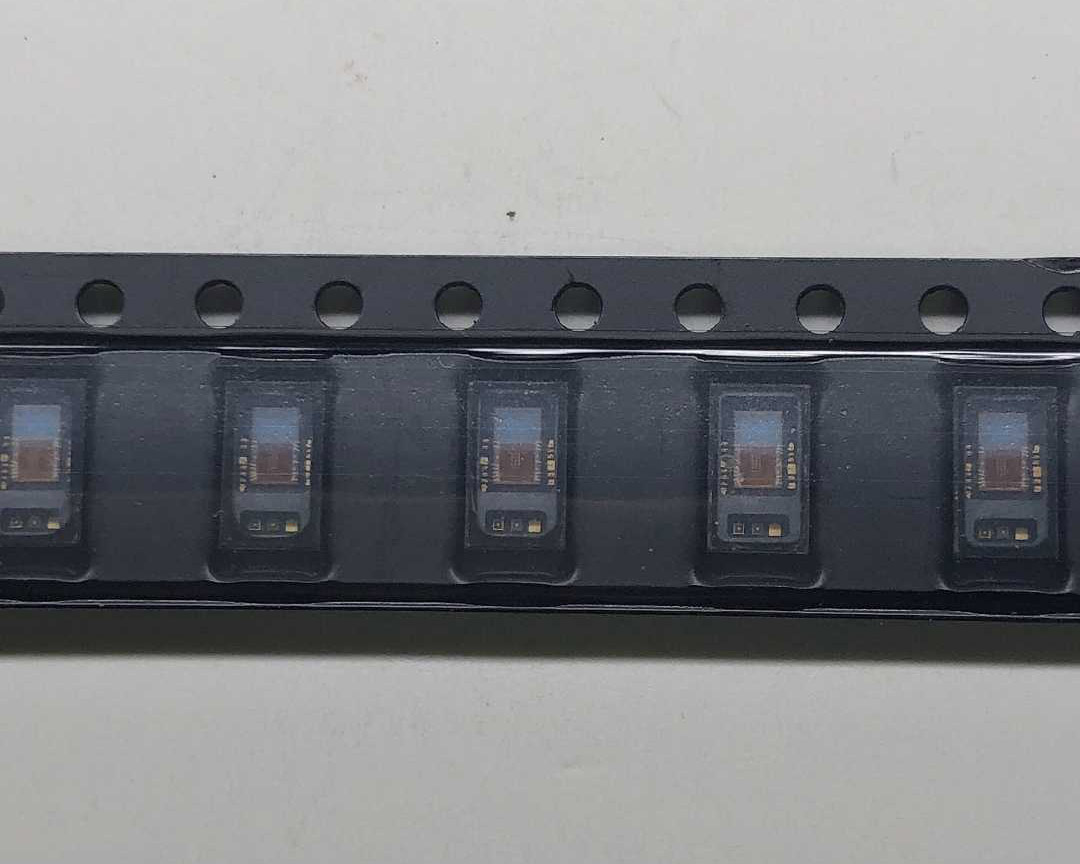

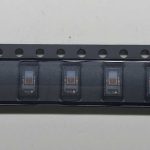

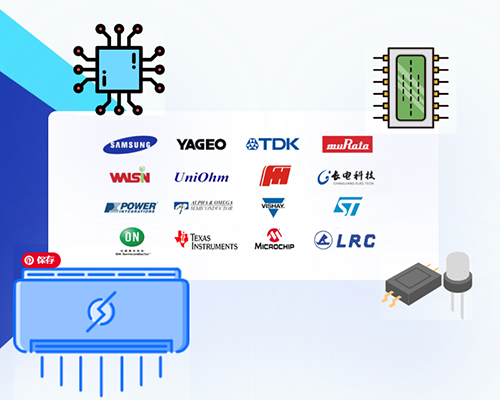

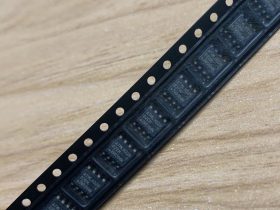

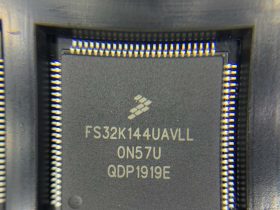
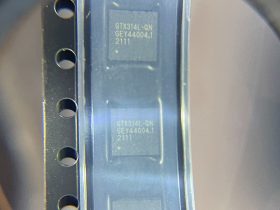
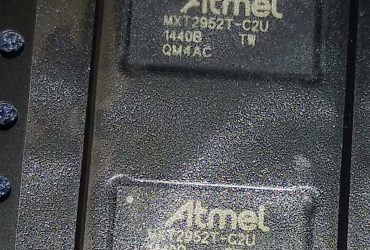
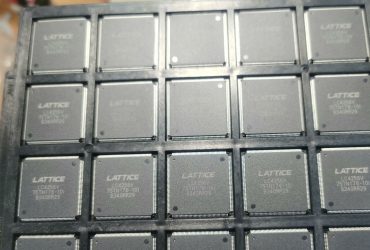
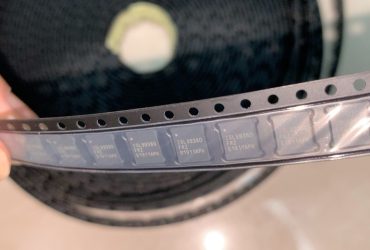
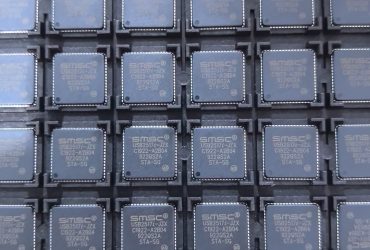
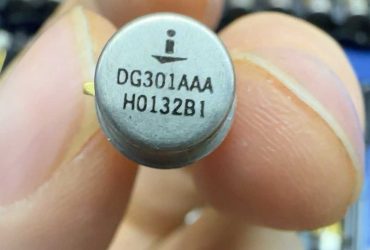
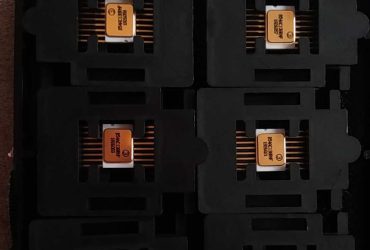
Leave a Reply